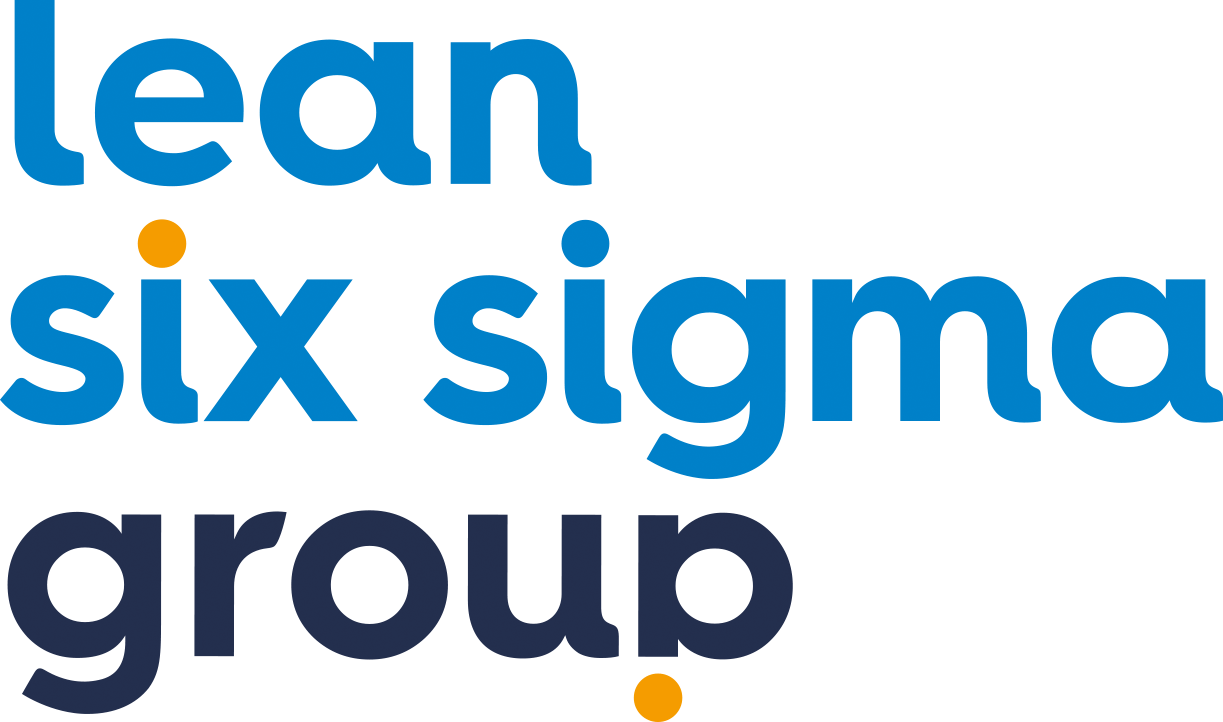As known, Lean Management is all about the customer. Your success rate is actually determined by the satisfaction of the customer. This is why you should listen to the so-called Voice-of-the-Customer. If you know which requirements the customer wants you as a company to meet, you can use the KANO-model to do so.
This model was first introduced by Noriako Kano in the ‘80s. The main takeaway of the model is the requirements that the customer would like to see in your product or service. Expectations, priorities and explicit needs are mapped by using the KANO model. This model plots two indicators in a graph. The x-axis is scaled from not filled in to filled in, whereas the y-axis goes from satisfied to unsatisfied (top to bottom). Three needs can be visualised in this graph, using these scalings, namely: basefactors, factors regarding performance and WOW-factors.
Basic Factors
These can simply be described as the basic needs of the customer. If these are not present, the customer is unable to be satisfied. They might be easy to overlook, but you should definitely invest time in them and take these very seriously. To give an example, think about a hotel room. Adding a bed seems obvious, but think about it from another perspective. In the case of forgetting the bad, could a customer still be satisfied?
Performance factors
Unlike the hotel room example, where adding more beds would not increase your customer’s satisfaction, less is not better when talking about performance factors. An example regarding the same example we just used would be the size of the hotel room. The bigger, the better, right?
WOW-factors
This is a special type of factors, considering the satisfaction of a customer will not be influenced when this type of factors is missing. Owing to the fact that these factors are meant to surprise the customer, because he or she did not expect it. Think about leaving a little piece of chocolate on the pillows of the hotel room, for example. In other words, WOW-factors leads to a positive result: increase of the customer satisfaction.
Applying the KANO-model
WOW-factors can turn into performance- or even basefactors over time. A great example would be Wi-Fi in your hotel room. A few years ago, this was a WOW-factor. However, a hotel without Wi-Fi is almost unthinkable nowadays. This means the WOW-factor has turned into a basefactor.
As a company or organisation, you should always focus on the basefactors and make sure these are taken care of. Your performance factors should be a going-on process and WOW-factors should be an extra. This will lead to customers being satisfied over-all, experiencing great service due to performance factors and being surprised once in a while because of your WOW-factors.
KANO-model and Lean projects
But what does the KANO-model have to do with Lean projects, I can hear you think. Lean projects focus entirely on the customer. Focus on obtaining useful input by surveys, interviews or other sources, which in turn can be used to create a KANO-model. The next step is to look for what your customers actually find important and what would be considered a WOW-factor. This can be done by filling in their wishes in your KANO-model and define each one of them as base-, performance- or WOW-factor. But keep in mind there is a difference between wishes and demands. In the example of the hotel, would adding a buffet be a wish or demand?





